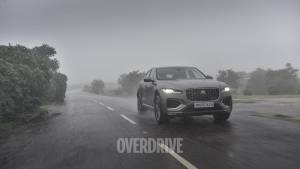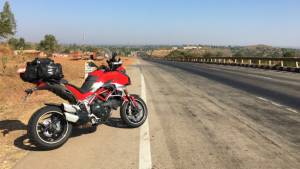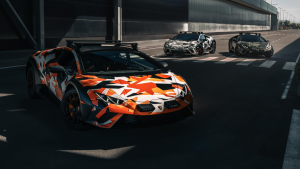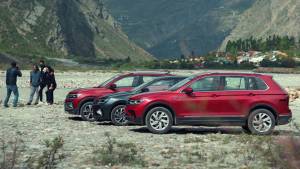Better Riding: Expectation management
The human brain is good at recognising patterns and it works really well with established patterns. Something simple, like not having tea leaves or coffee powder in the house in the morning -- a break in pattern -- can ruin your morning. Traffic works the same way.
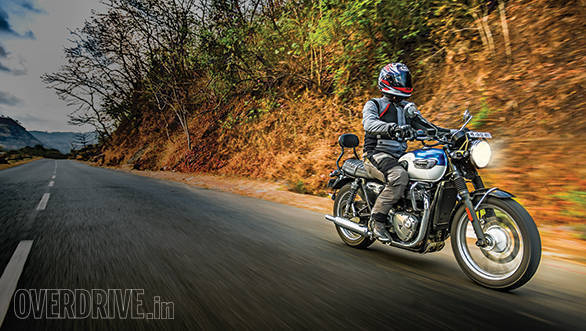
Whether you ride a bike in the city or out on the highway, it is important to recognise the difference between a recommended course of action -- by law, or by a magazine article -- and the expected course of action. When the two do not coincide, there could be a significant safety hazard waiting to catch you out.
For example, the polite way to let the vehicle ahead know that you'd like to overtake them is a quick flash or two of the headlamps. Just enough to catch the driver or rider's attention. However, when you ride from Maharashtra to Gujarat, the local protocol requires you to use the horn to achieve the same cognition. So a flash of lights can be misunderstood or most of time, just ignored. If you assume that the person ahead understands that they are about to be overtaken, you could be putting yourself in harm's way.
Similar examples abound - Mumbai riders tend to ride slowly right next to the central verge whereas in Delhi, these riders usually ride next to the sidewalk. Trucks use their indicators to tell you which side they expect you to pass them. And so on.
The point I am making is that not all safety advice works all the time. Orderly convoys of motorcycles, American style, work great in patient, spacious Trumpland. In chaotic India, though, the space the convoy takes up just drives everyone else up the wall and causes hostility and resentment. A good rider learns rapidly to recognise and adapt his or her riding plan so that the use of local conventions allows them to fit in.
This also applies to your behaviour. At midnight on a deserted road, for example, people tend to drive through signalled intersections no matter what colour the light is. While I do not condone breaking red lights, I do consider when and how to stop for a red in this situation. I might stop a fair bit earlier on the side. Or if there's a truck looming right behind me and showing no signs of slowing, I may not stop, or stop with the hazards on as I pull swiftly out of his path. Because the truck isn't expecting me to stop - he's expecting me to keep going. Conforming to his 15 tonnes of expectation is safer for my 300kg of umbrage and righteousness.
Obviously, this requires you to know the law, rules, regulations and safety tenets. But you need to apply your judgement to what is the safest course of action in the current situation. Because motorcycles, as I never tire of saying, is a full-attention activity. And riding better requires, above all else, for you to use your brain.
For more Better Riding stories, click here.
